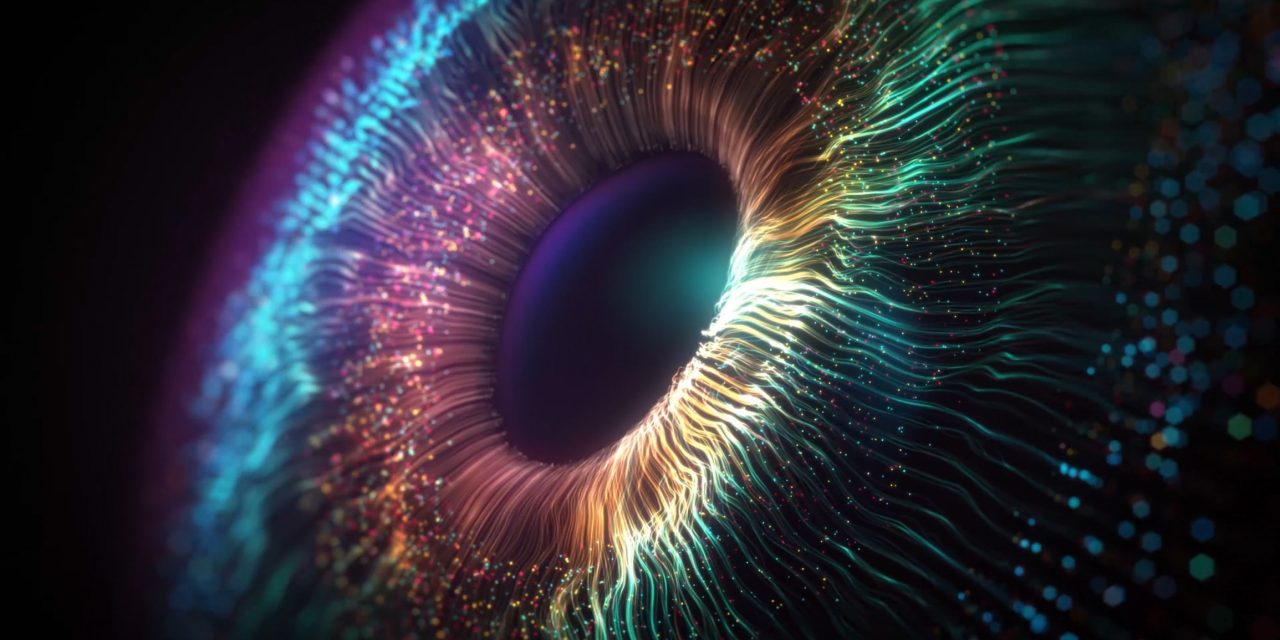Many visual search experiments undertaken over the last several decades have tremendously aided researchers’ knowledge of human visual attention. Task observers with finding a specific goal hidden among a slew of distractors and the time it takes them to discover the target could tell a lot about the sensory and cognitive processes at work. Typically, these investigations had been carried out on 2D screens under strictly controlled viewing settings.
However, there had been requests within the visual attention community to investigate more ecologically valid data gathering methods. Virtual reality (VR) was a viable methodological technique for such research. It improved visual realism and allowed for participant engagement while keeping a large level of control provided by a computerized and monitor-presented experiment. Therefore, the Visual Search in Virtual Reality (VSVR) ToolBox was shown in the study.
VSVR is a set of functions, scripts, and objects that can be integrated within the Unity game engine’s visual scripting environment to develop, reproduce, and enhance visual search experiments in VR. Investigators showed the efficacy of such a toolkit further with three experiments: a replication of feature search behavior, a demonstration of broad field-of-view visual search and eccentricity effects, and a replication of depth plane as a search feature.
Reference:jov.arvojournals.org/article.aspx?articleid=2778463


